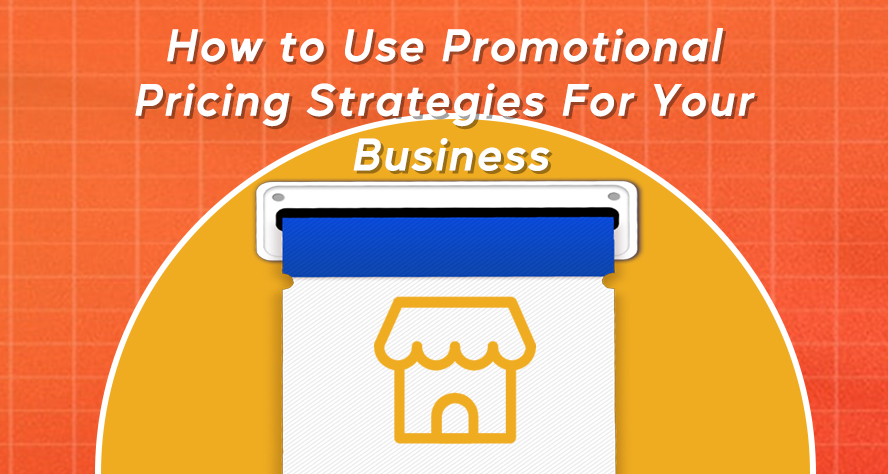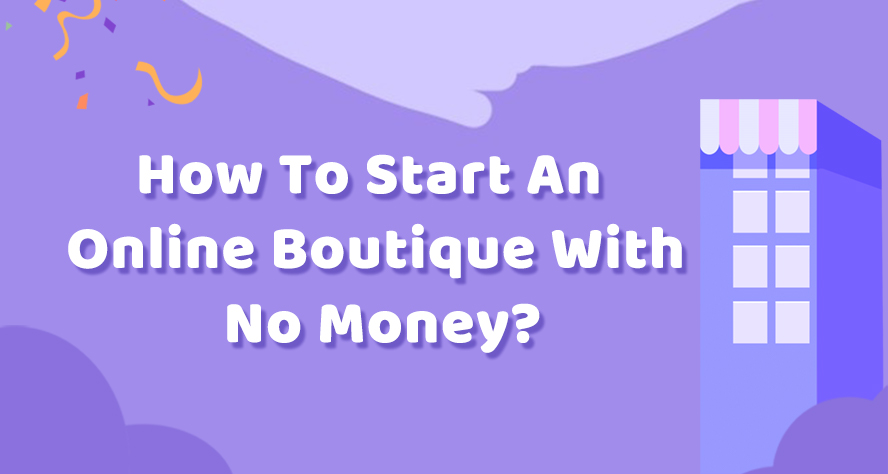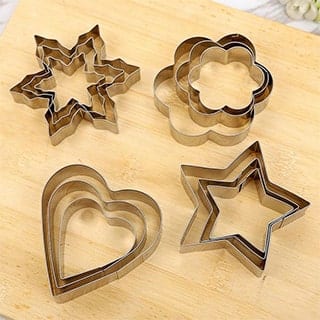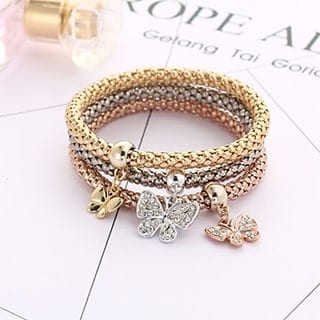Jewelry pricing strategy is every bit as important as the physical work of making jewelry itself.
In some regards, it is even more important than design ability because if the numbers don’t add up, regardless of how great the design and execution, the prospect for profitable success is limited. So, let’s dive into the issue of price.
The pricing formula is important in setting the prices of products, but not all pricing formulas include a pricing strategy. A pricing strategy is comprehensive and is more than just a formula.
It comprises of full understanding of what the numbers represent. A pricing strategy requires a formula that ensures the selling price includes all the overhead and expenses of running the business and leaves nothing out of the product cost.
In order to determine whether there is the ability to meet expenses, it is essential to know the actual production overhead costs of running the business.
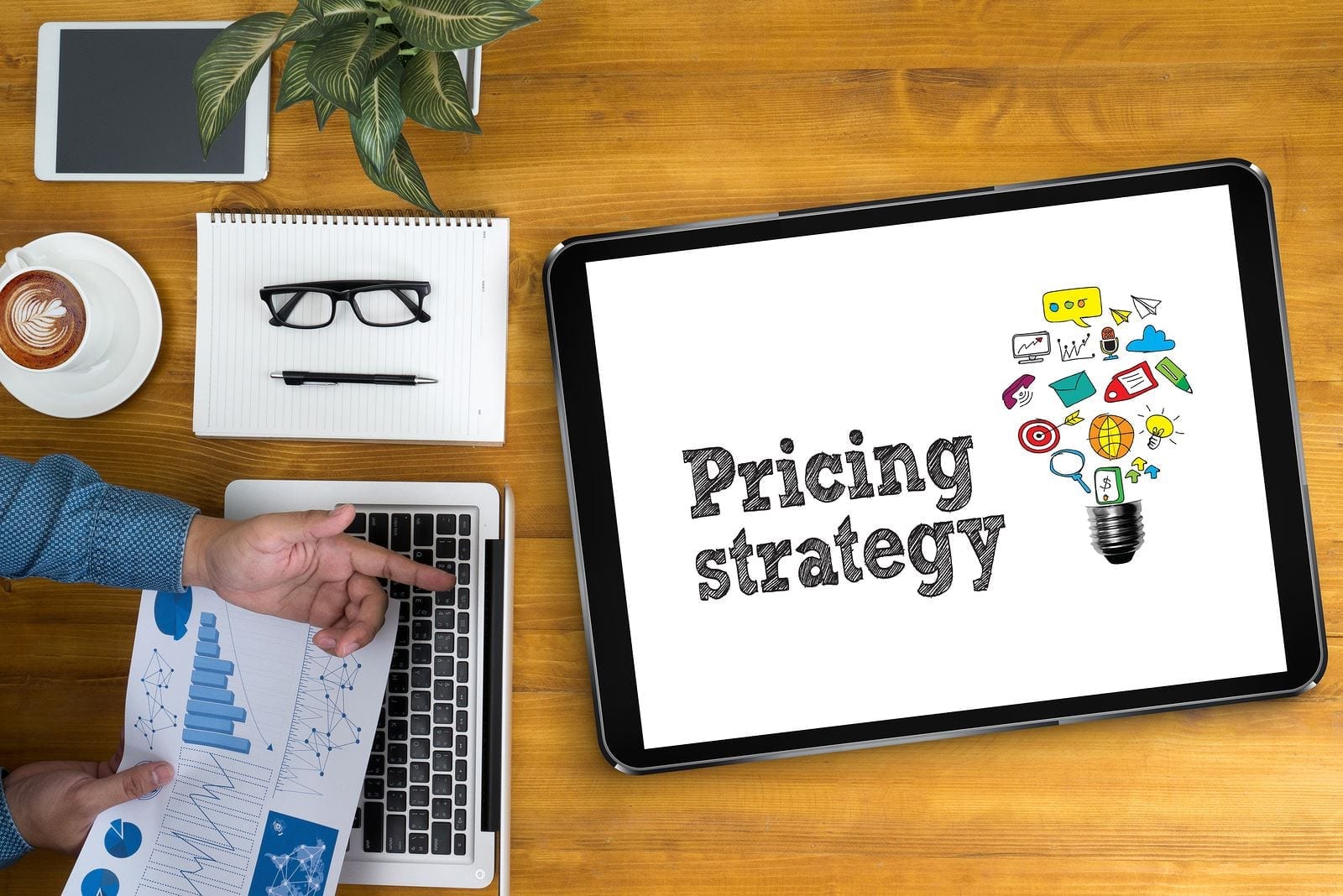
Jewelry Pricing Formulas
Most of the formulas are based on a factor for simple markup f costs such as labor and materials. Below are the sample formulas you can use.
- Labor + materials x (a number or percentage) = selling price
- Labor + materials + packaging x (a number or percentage) = selling price
The percentage result from these formulas is provides revenue above the cost of materials and labor to provide a profit. Few of these formulas actually cite the overhead cost or the profit margin.
Without the overhead costs estimation or including the amount of profit, it is not possible to if the multiplier is enough to determine the profitability of the business.
The most important thing in determining the profitability is to know the overhead costs.
Calculating the overhead costs is important in creating a simple and effective formula.
Determining the overhead cost is not a hard process. Add up the costs of running your business (aside from the materials and labor) and divide it with the total number of hours worked to get the overhead cost per hour.
Overhead/Hours=Cost Per Hour
Determining the overhead cost per hour is direct and approachable. It is also essential to figure out the annual overhead to get the accurate result.
For instance, a full time work schedule is averagely 40 hours a week and 50 weeks a year. Totally this adds up to 2000 hours for a full employment.
This means that the annual overhead divided by 2000 gives the overhead cost per hour. The overhead costs include everything except labor and material that goes into making the work.
In some cases, people combine overhead and labor into a single figure in the pricing formula. This is a good formula if the overhead cost does not change from one year to another.
Sometimes the overhead costs changes from one year to another due to increase in taxes, utilities, business supplies and many more. If the overhead costs are not constant, you need to keep the labor and overhead apart in the formula.
Labor + materials + overhead = product cost
Below are suggestions as you begin the pricing strategy.
Go Shopping
If you want to sell jewelry, you need to go research from various stores on the price of similar jewelry. Know the prices of business in the same line and what they have set.
Include Labor
Normally some businesses do not include direct labor for making a piece or providing a service, and they should calculate labor according to how long it will take to make a piece the fifth time or the hundredth, not the first time.
the Two-Sentence Rule
This is a pricing sales tip. Whenever you quote a price to a potential customer, keep talking for at least two more sentences.
It doesn’t matter what exactly you say, but ensure that you are singing the praises of the piece, its craftsmanship, the fabulous materials you are using, the remarkable design, your influences, when it was made, and so on.
Just keep talking. This way the last thing the client hears is not the price but the qualities of the piece.
You Can Always Adjust the Price
If you feel that the people are resisting the price, you can always lower the price, if there is room for that.
If you are not experiencing any resistance, you could always consider raising the price in small values to arrive at the optimum price that is fair for you and the customers.
This is the price that the customer is willing to pay and you are able to make profit.
Don’t Sell at Wholesale to the Retail Public
This is one the biggest mistake one can make. The first problem with this is that, if you are selling to the retail public at a wholesale price, if you ever decide to expand your sales base, it makes it much more difficult to provide ” wholesale ” pricing that will be attractive to the customers.
Begin selling at retail prices so that it will not be difficult to make any transition from retail to wholesale if you decide to change the course of business.
Make sure that you come with a wholesale and retail price early on in your business development because later it can be too difficult to backtrack and do this.
A simple formula when pricing for wholesale is to add up your costs (labor, supplies and overhead) and multiply with 2.
2 x (supplies + labor + overhead) = total cost to you
When it comes to retail, do the same but multiply with 3 which is the keystone pricing.
Want to increase your jewelry business, we recommend: 12 Effective Tips That’ll Increase Your Online Jewelry Business
In Conclusion
Sometimes is not easy to determine the prices for your jewelry. You may be intimidated by companies that import bulk jewelry. But there is not clear technique for setting the prices for your jewelry pieces.
One approach cannot be work for all retail businesses. You need to look out on your brand and conduct adequate research for what suits your products and the target market.
